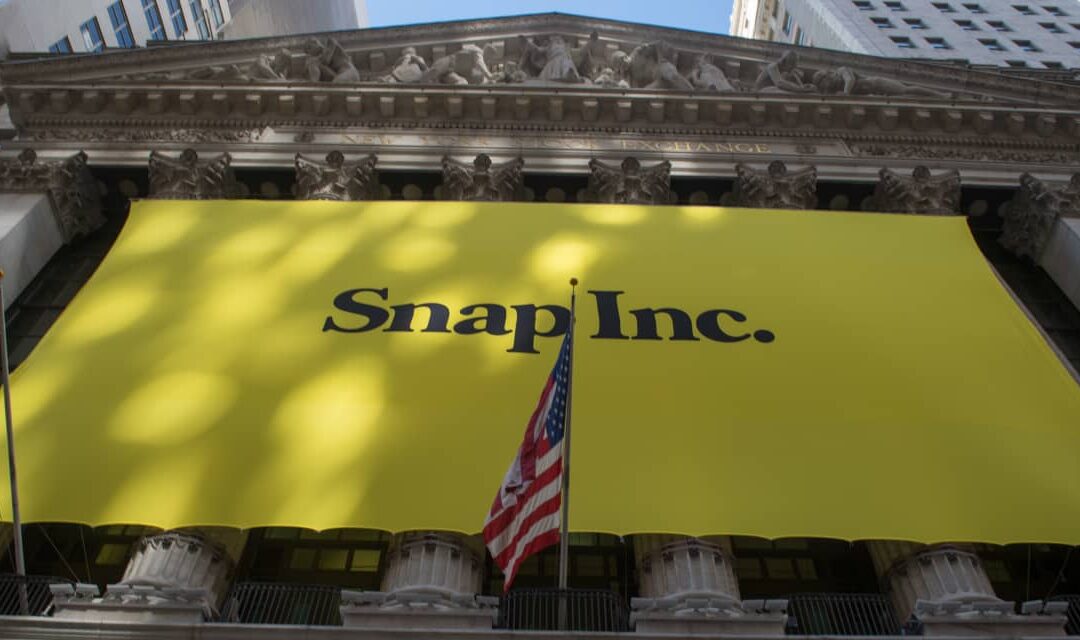MoffettNathanson analyst Michael Nathanson didn’t mince words in recapping Snap Inc.’s disappointing earnings report and subsequent Wednesday stock plunge.
“Covering Snap might be one of the least enjoyable experiences in
our careers as analysts,” he wrote. “Right up there with the years we spent
covering Twitter… and that is saying something.”
That view isn’t a reflection on Snap’s
SNAP,
management team or financial disclosures, according to Nathanson, but rather indicative of what he sees as confusing investor behavior that he said could capture “the definition of insanity,” which, colloquially, is doing something over and over again expecting a different outcome.
See more: Snap’s stock plummets 30% on revenue miss, weak guidance
Nathanson recalled how Snap’s stock bottomed at $9 after the company’s last earnings before nearly doubling in the couple months that followed, in a familiar pattern, with investors seeming to think the Snapchat parent company was just “one quarter away” from getting past its woes.
“Truth is, with the ramping competition in AI-enabled product solutions at major, larger companies, it is hard to see how Snap’s competitive position and financial profile gets materially better,” he wrote, as he kept a neutral rating and $8 target price on the stock.
Snap’s stock was tanking more than 30% shortly after Wednesday’s open, and was on track for its largest single-day percentage decline since it fell 39.1% on July 22, 2022, according to Dow Jones Market Data. Bernstein analyst Mark Shmulik called the stock’s movement “violent” — but “so was the stock doubling intra-quarter.”
“You can’t outrun who you are,” he added.
Opinion: Snap’s excuses don’t add up as Meta and Google continue to thrive
Shmulik said there were “specks of progress” in Snap’s report, though his overall takeaway is that there’s still “much to be desired on all fronts,” while big questions continue to dog the company.
For one, Snap recently announced plans to cut about 10% of staff, showing that the company is willing to get leaner, but at a potential cost given that the company is already “sub-scale” relative to rivals.
Snap has also been enhancing its content platform to generate engagement, but soft user-growth numbers in the U.S. seem to be “raising questions on whether the content focus has Snap running into strong competition,” Shmulik said.
He rates the stock at market perform and cut his price target to $12 from $14 in his latest note.
Evercore ISI’s Mark Mahaney highlighted management commentary suggesting a strategic shift of sorts, as Snap focuses “community growth” more on mature regions.
“This is a strategy change, and it’s hard to argue that this is coming from a position of strength,” he wrote. That’s “especially” true given a sequential decline in North America users during the fourth quarter.
He has an in-line rating and $13 target price on Snap shares.
Wells Fargo’s Ken Gawrelski admitted he was “wrong on the pace of improvement at Snap’s ads business,” noting that brand advertising appeared to perform badly in the quarter despite easy comparisons later in the period.
Still, he maintained his overweight rating, albeit while cutting his target price to $16 from $22.









